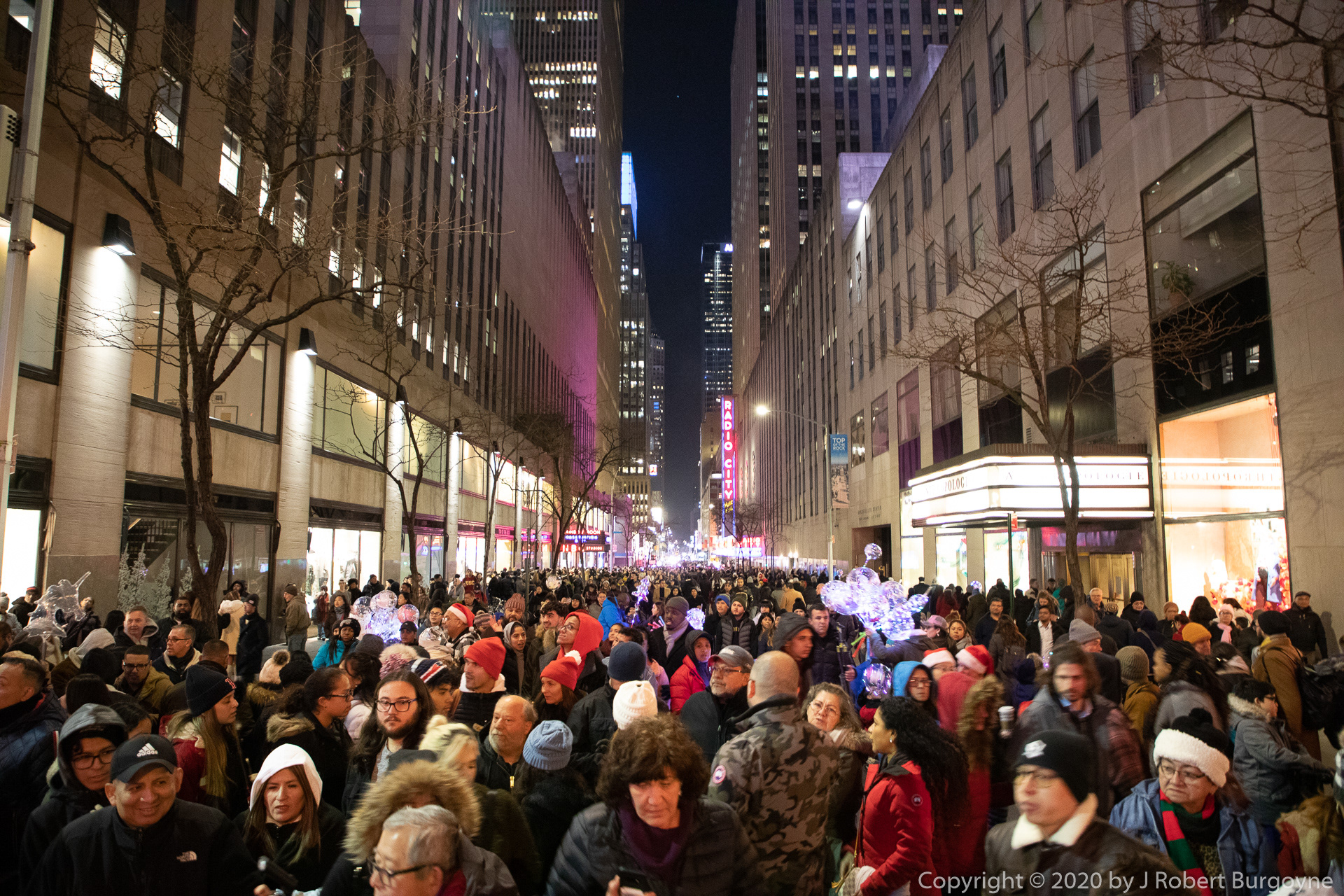
West 50th Street between 5th and 6th Avenues — Christmas Night, 2019
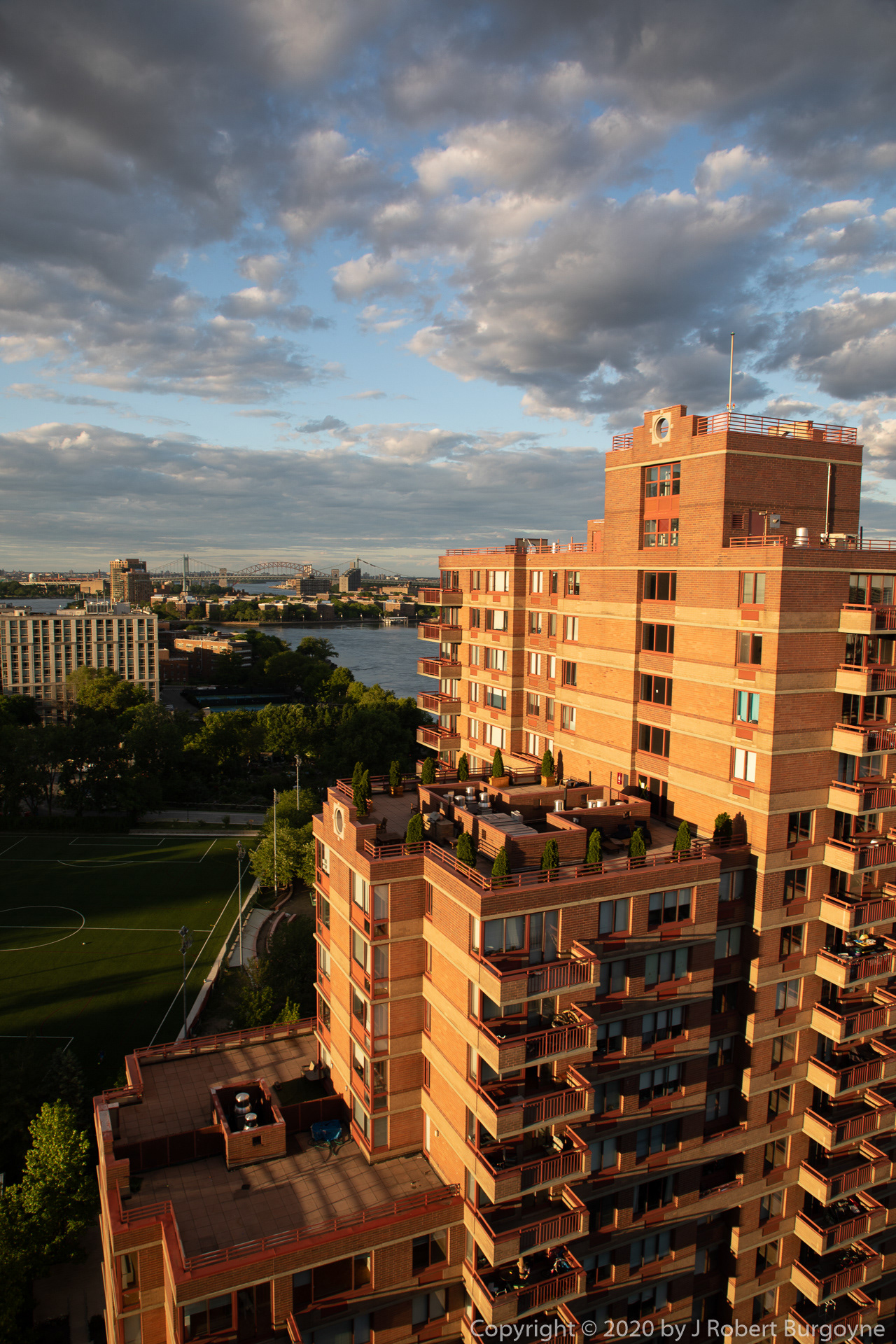
40 River Road, Roosevelt Island, NY — Looking NE
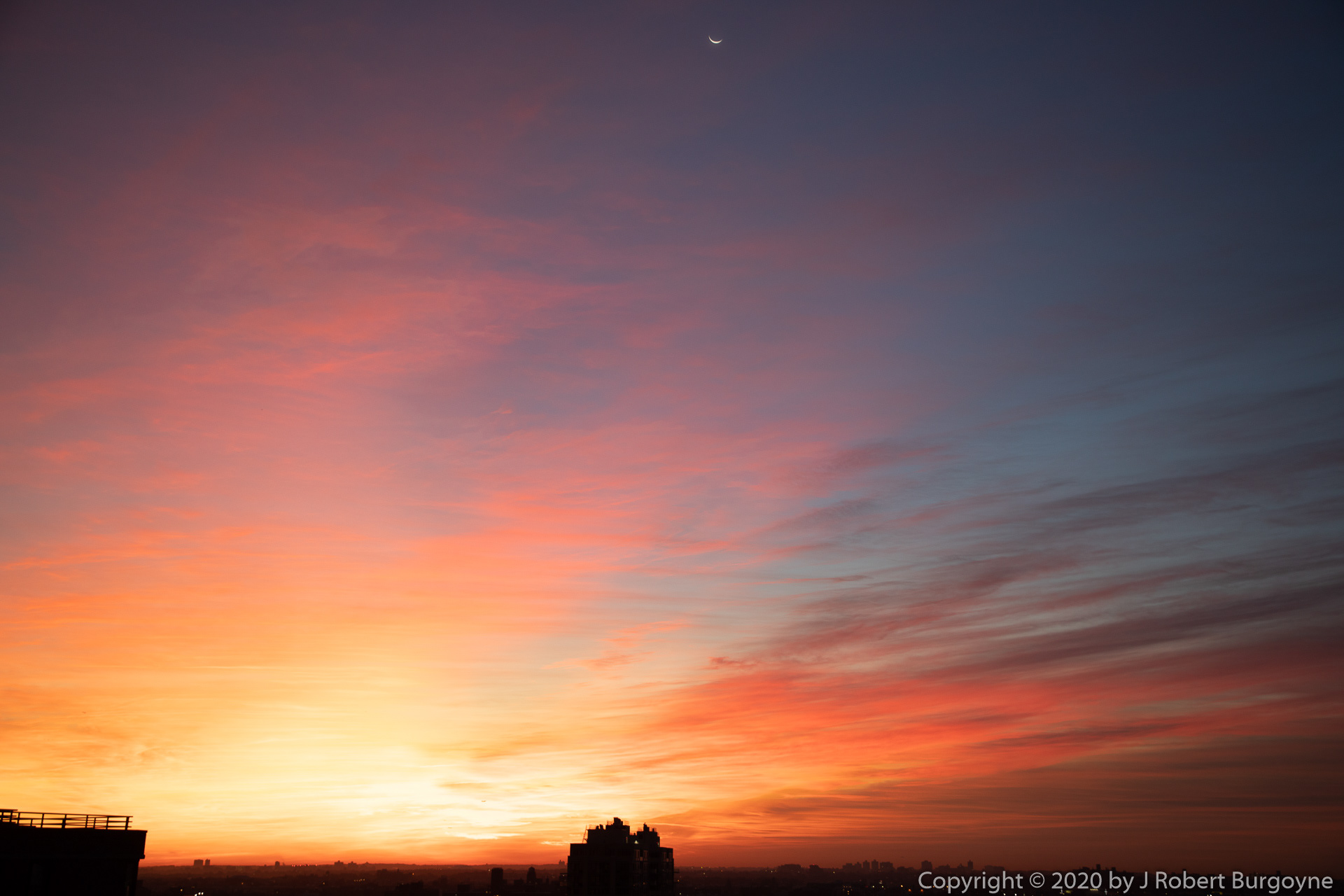
Sunrise over Queens — October 25, 2019
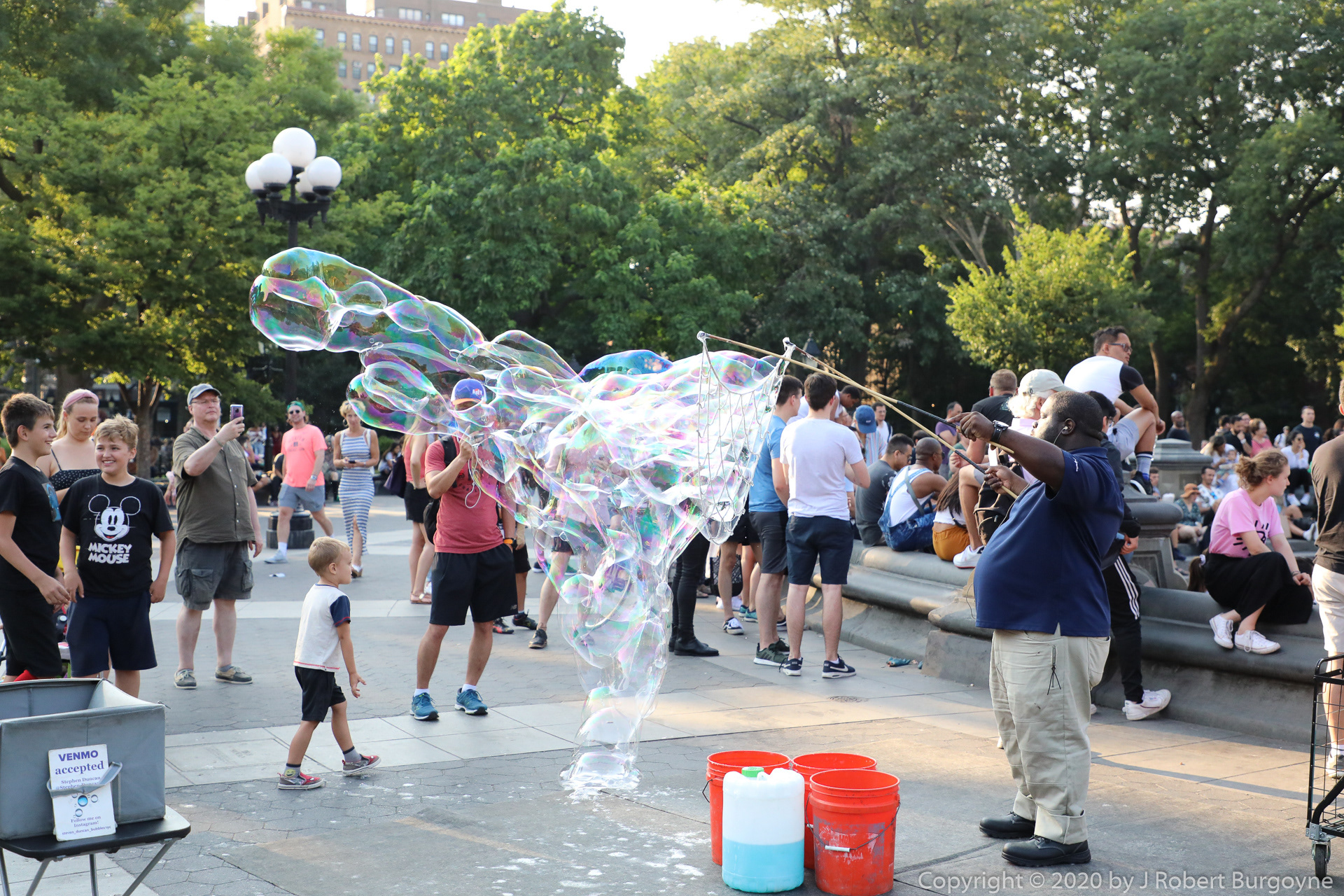
Creator of Giant Soap Bubbles at Washington Square Park — July 7, 2019

New York by Gehry, a 76 Story Skyscraper — September 8, 2019
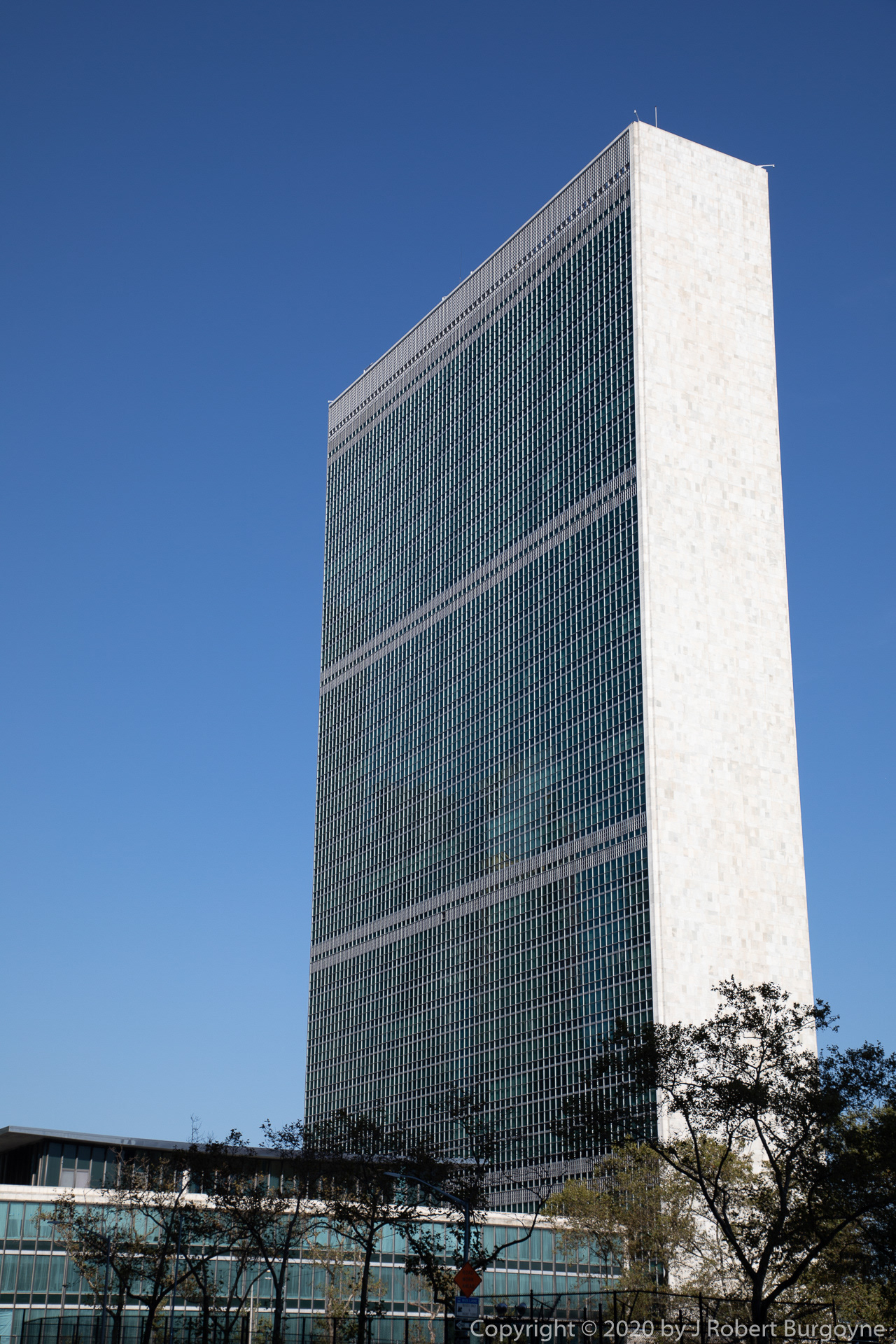
United Nations Building, New York City — September 19, 2019
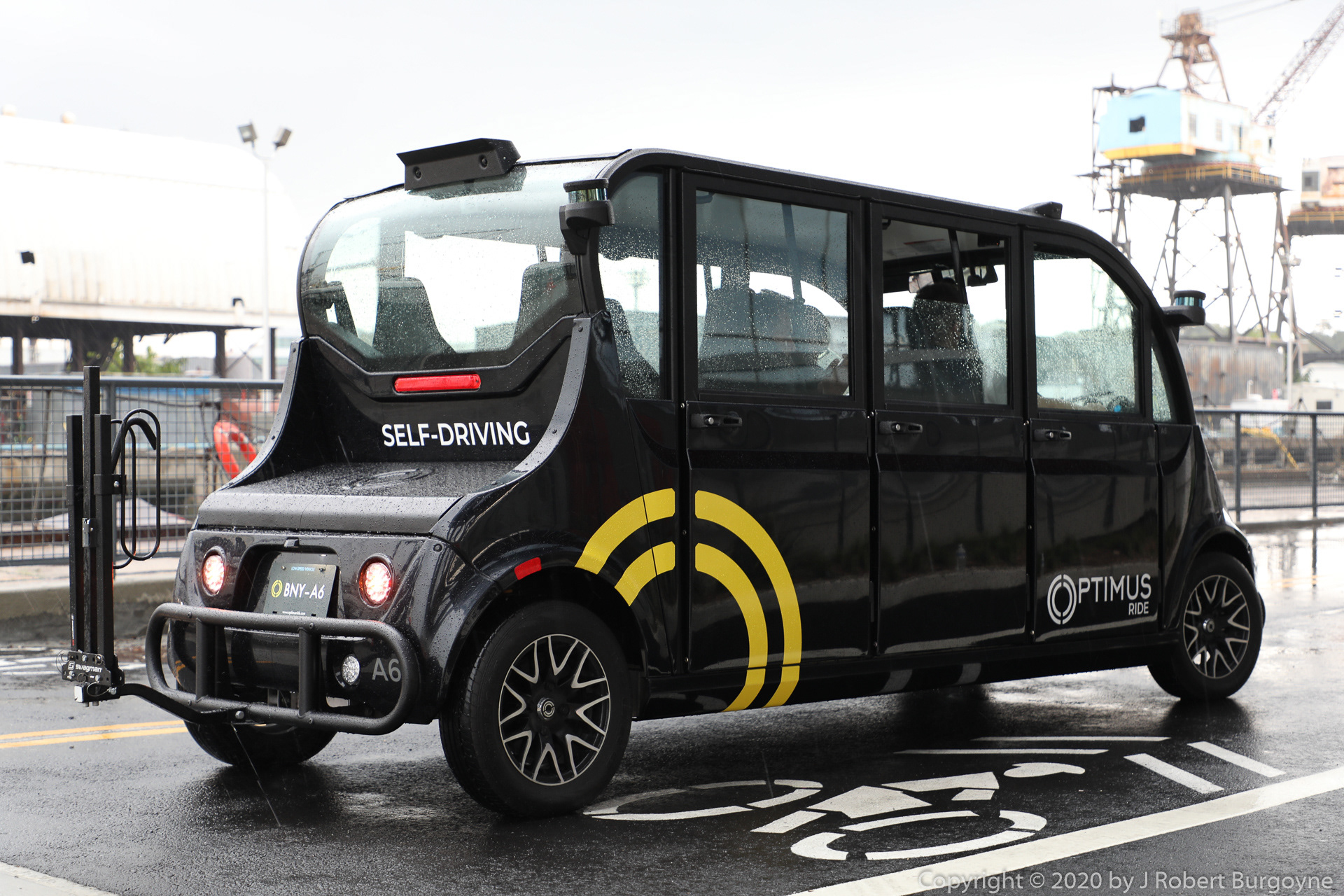
Optimus Ride Self Driving Car, Brooklyn, NY - August 18, 2019
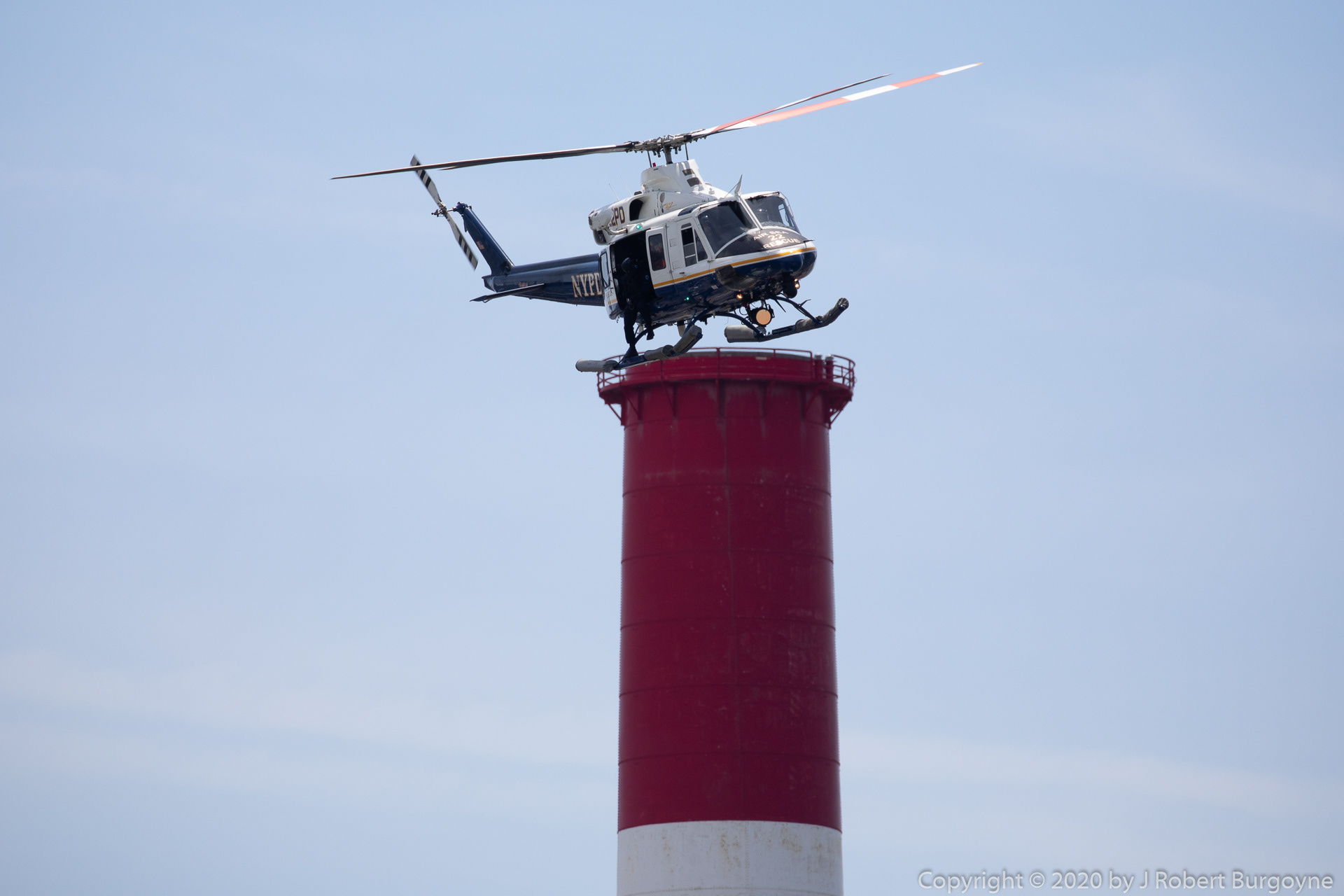
NYPD Helicopter Above Ravenswood Chimney - June 24, 2020
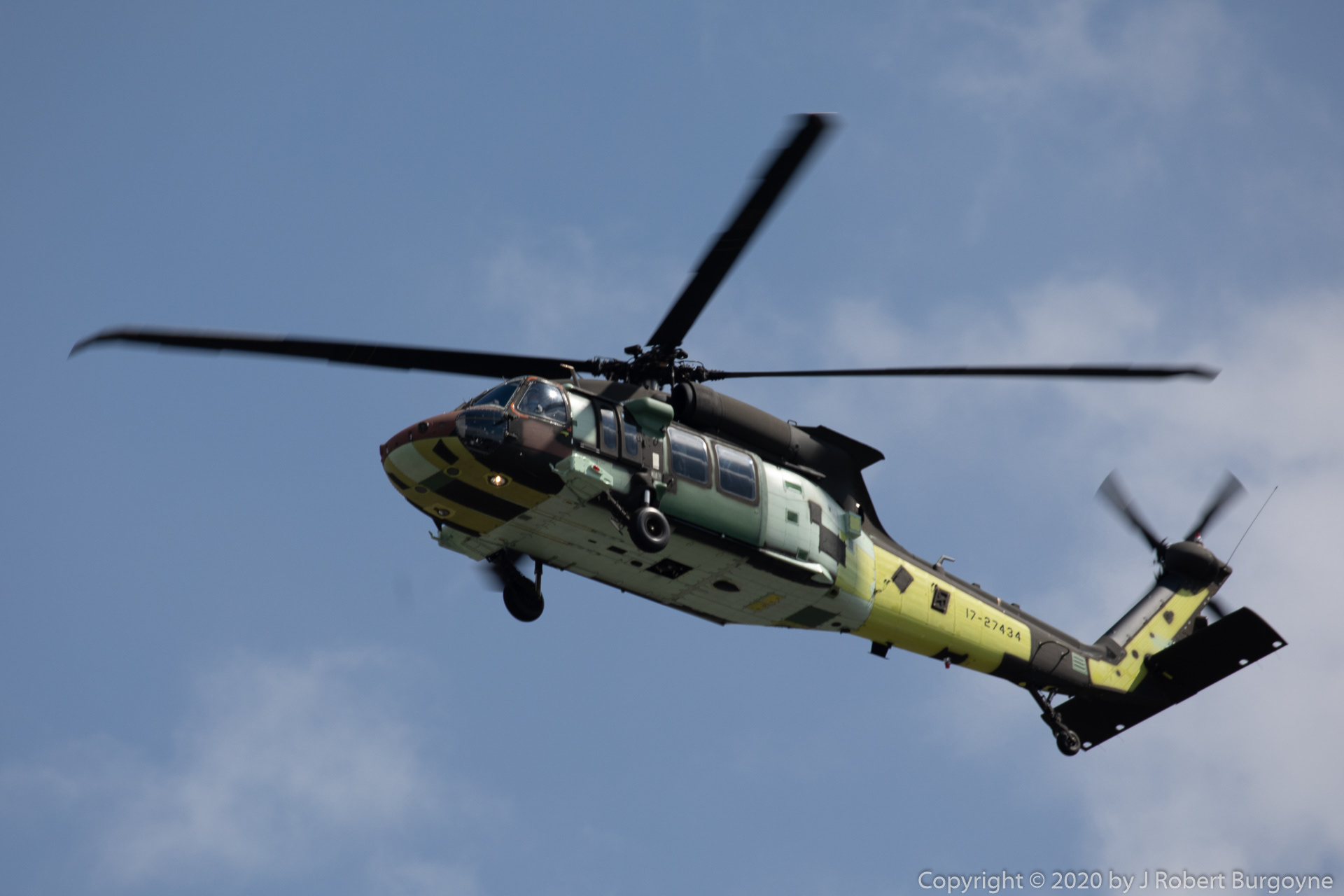
Military Helicopter, April 15, 2020
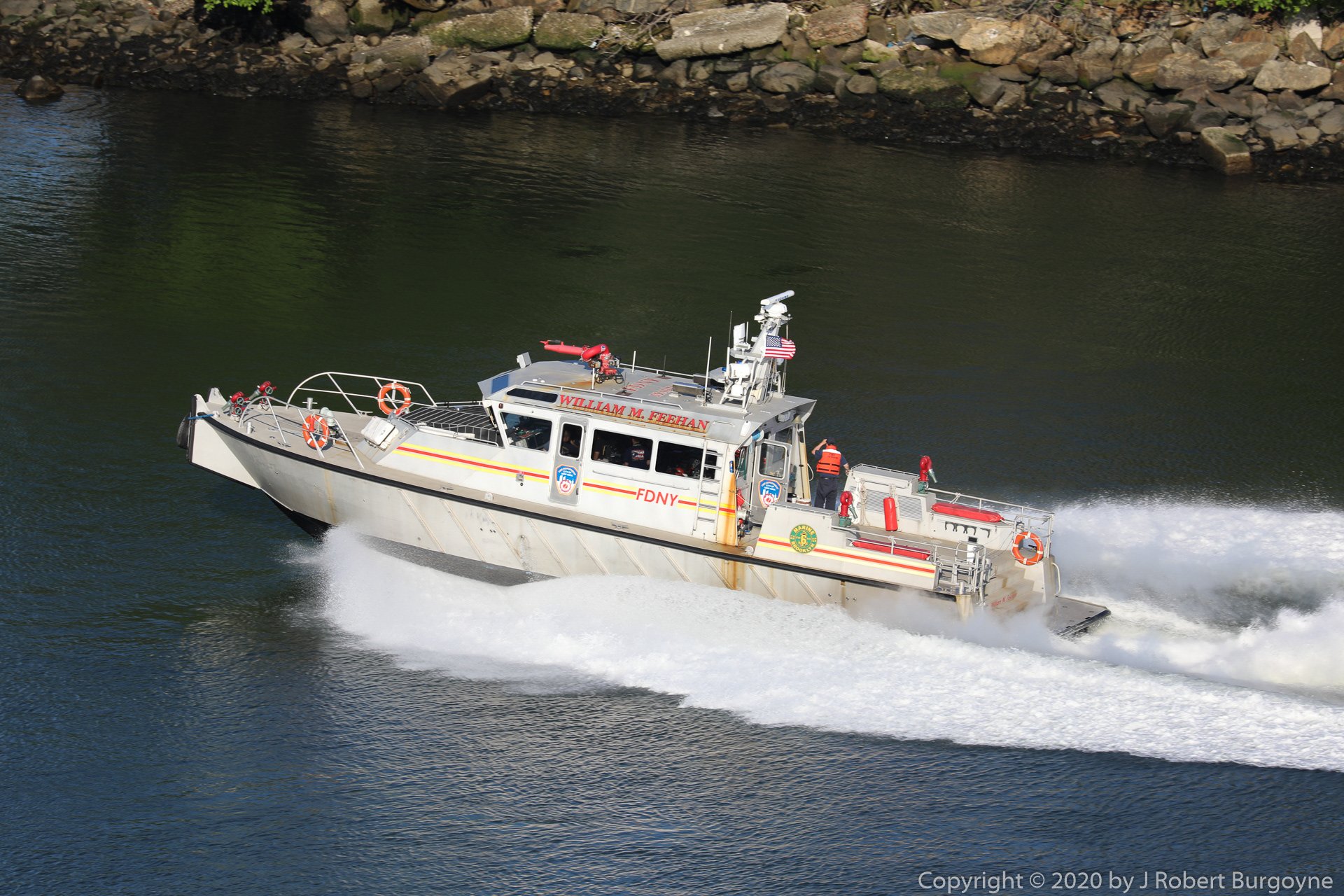
William M. Feehan fireboat — May 26, 2020
Robert in Burbank, California, July 4, 2023, for an early morning hike.
Where: My photography is mostly in NYC, or the greater New York area, from 2016 to present.
Why: My goal is to authentically document present conditions and appearances, without alteration. HDR images are created from a composite of multiple exposures.
As of October, 2023 I have published more than 540 professional photos on Google Maps and earned 27 million views.
Photography Equipment and Technical Interests
I shoot my professional photos with a Canon EOS 5D Mark IV DSLR camera and these lenses:
• Canon EF 24-105mm f/4L IS II USM Lens
• Canon EF 100-400mm f/4.5-5.6L IS II USM Lens
• Canon EF 8-15mm f/4L Fisheye USM Lens
• Canon EF 100-400mm f/4.5-5.6L IS II USM Lens
• Canon EF 8-15mm f/4L Fisheye USM Lens
People are curious about lenses and how and when to use each lens. I've read my share of lens reviews, and rented various lenses for a weekend, before I made the purchase.
Here's what I've learned.
Canon EF 24-105mm f/4L IS II USM Lens
This is the go to lens, the one that comes with the camera if you buy a kit. The focal length is generous, low-light performance is excellent due to image stabilization, and the weight is reasonable. It fits in my bike's rear compartment and I can always stop while riding to take a few photos. Photos of both individual persons or groups of people are tack sharp and the auto-focus precisely and with competence locks on your subject. People are impressed how quickly you can capture their photo. On a tripod, this lens performs great in low light conditions, including astrophotography. The lens is versatile and hasn't let me down.
Canon EF 100-400mm f/4.5-5.6L IS II USM Lens
This large, heavy lens crosses the threshold into being a true professional lens. If you watch TV coverage of public news events, you'll see many professional photographers using this lens and its predecessor. Continuous auto-focus means you can shoot video too, even from quite far away. The lens body is metal instead of plastic. You need strong arms to hold the lens and take photos. Mounted on a tripod, it's often easier to shoot with the rear display by touching the part of the scene that you want to be in focus.
Without question this lens is well paired with the 5D Mark IV body. At 100mm you can quickly take extremely sharp portrait photos enabled by fast auto-focus and the 5D's fast shutter. At 400mm you can capture all kinds of subjects in full frame that would only be a small part of your image with the 24-105mm lens above. Auto-focus is fast and reliable as long as the light level is adequate. Photos of flying birds can be taken at 1/1000 or faster shutter speeds to produce unique results. Moon photos are sharp and bright.
Canon EF 8-15mm f/4L Fisheye USM Lens
Canon's fabled 8-15mm f/4L Fisheye USM ultra-wide-angle lens captures an extremely wide panoramic image. It's a lot of fun to use in the cramped confines of Manhattan streets where you have large buildings but minimal physical space to step back a few feet. There's always some chromatic aberration near the periphery of your photos, but being able to full-frame capture large objects such as buildings or ships, while being so close, is a thrill not to be missed. Adobe Photoshop CC’s lens correction filter’s definitions for this lens are spot on. With Photoshop you can choose to correct your photo's geometry... or not.
Photographic Subjects and Advanced Techniques
From historic buildings and monuments to modern skyscrapers, photographing New York City architecture and infrastructure is a passion of mine. Moving just a few feet or coming back at a different time of day completely changes the composition and impact of your photo. The Sun Surveyor app shows the path of the sun across your subject and comes in handy to pick optimal times of the day to go and take your photo.
HDR and Night Photos
The use of the 5D Mark IV with Adobe Photoshop CC’s HDR (High Dynamic Range) imaging process enables me to shoot multiple exposures of a scene (tripod or other support required) and composite them into a single 32-bit image, capturing a wide dynamic range that exceeds the tonal capabilities of an individual photograph. The HDR process is at the forefront of modern technical photography and the results are often breathtaking.
Early Years
My photographic career had its beginnings in the mid 1970s in Bethesda, Maryland. As a high-school student at Gonzaga College High School in Washington, DC, I began shooting 35mm film with a rangefinder, fixed length 50mm lens film camera. Eventually I converted the basement bathroom of my family’s home into a black-and-white darkroom. Today I shudder at having touched all the B&W developing solutions without gloves and breathing the chemical vapors without ventilation.
One of my photos circa 1980 of the Chesapeake and Ohio Canal near Great Falls, Maryland, was the feature photo in Gonzaga's class of 1981 yearbook. If someone still has a copy, please get in touch.
In the 1990s and early 2000s I traveled extensively in Taiwan and China but did not yet own advanced camera equipment. Still, what I saw and photographed during those years was unique and never to return.
NYC Photography Influences and Results
After moving to NYC in 2006, I have benefited from the guidance of two talented and experienced professional photographers. The late Wei Chia Huang was a still life photographer with tremendous dedication to commercial photography of beautiful products. The other photographer is a deeply religious professional portrait photographer with an exacting eye for detail. Both have inspired me in my quest to faithfully document important visuals of the New York area and to build out my own body of work.
Authenticity or Art?
I was taught by New York Times news photographers that the standards of the NYT require that news photographers must adhere to rigorous standards of photographic authenticity. All post-processing of digital photos must be disclosed and minimal.
However, Adobe Photoshop Lightroom Classic and Adobe's flagship Photoshop open a realm of artistic possibilities to transform your photos into timeless works of art, with impact >> the original un-manipulated photo.
And thus, for the modern photographer there's always tension between capturing and faithfully recording a moment in time... and creating stunning digital art that inspires one's imagination.
Did you ever consider how effortlessly a seagull can transform its body shape during flight?
Did you know that the seagull's tail feathers are individually translucent? Click the image for higher resolution.
Seagull in Flight, Roosevelt Island, NY — January 26, 2019
Technology Businessman
In addition to my photography, I am the President and co-founder of True Blade Systems, Inc. (True Blade) an IT business. Founded in 2003 in Maryland, since 2006, we've also had an office in Manhattan’s historic Graybar Building in Midtown Manhattan.
I live with my family in New York City.
Thanks for visiting my website.
Contact me with questions or comments.
--J Robert Burgoyne, Bronx, New York City, October, 2023